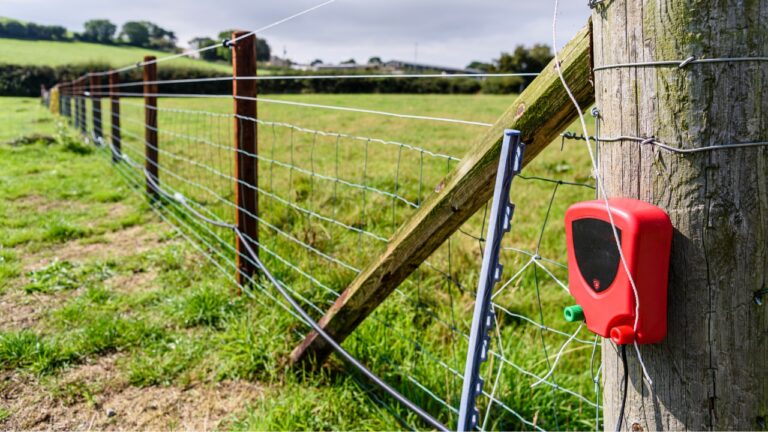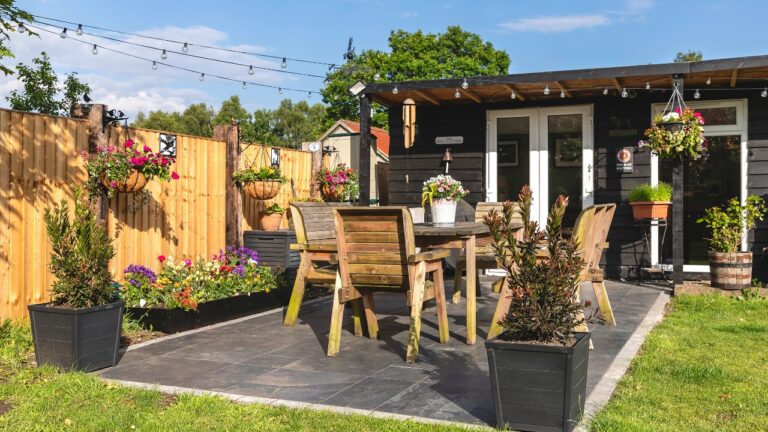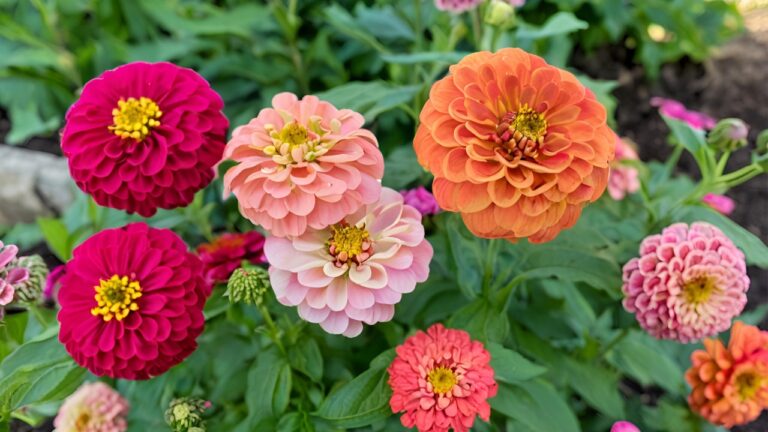10 Plants You Think Are Pretty But Are Harming Your Soil
Some plants look great on the surface but quietly cause long-term damage beneath it. They might spread aggressively, leach nutrients, or block other plants from thriving. You may have added them because they looked pretty or came recommended for tough spots—but they could be throwing off your soil health and leaving behind more problems than you bargained for.
If your garden isn’t thriving the way it should, these common plants might be part of the issue.
Butterfly Bush
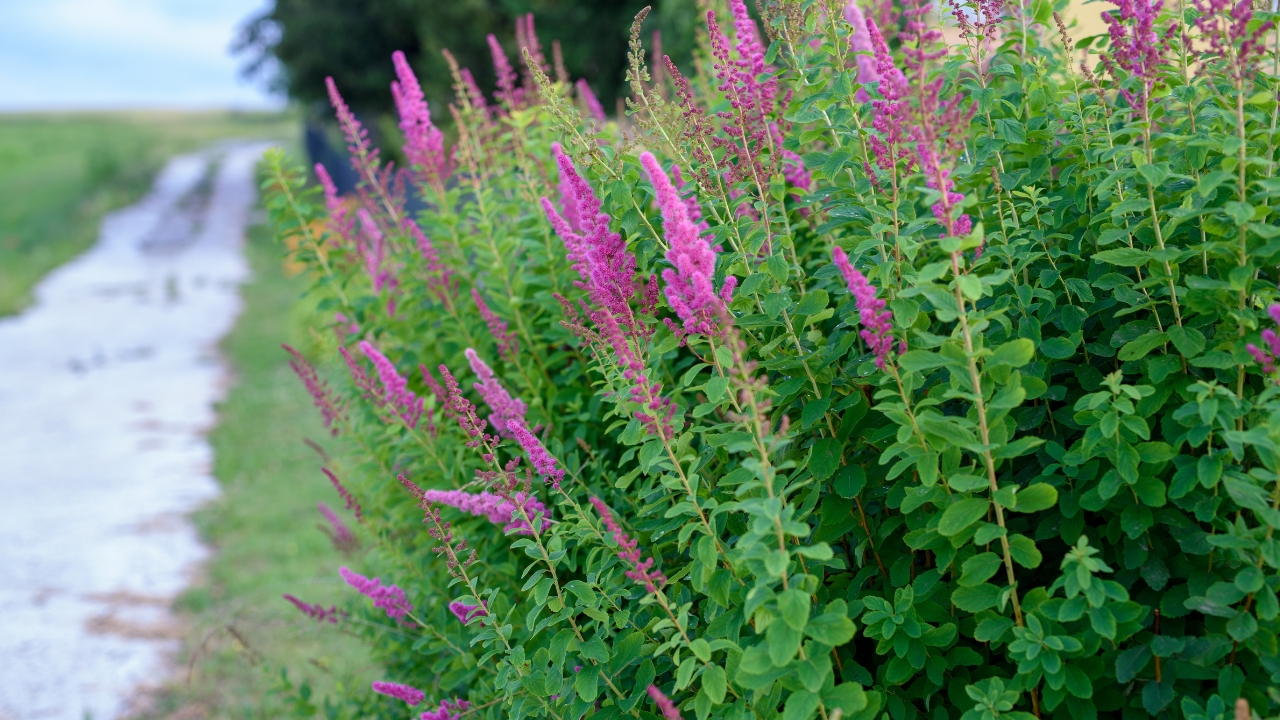
Butterfly bush draws in pollinators, which is why it gets planted so often—but it doesn’t support the full life cycle of most native species. It also spreads easily and competes hard for nutrients, especially in dry, poor soils.
As it grows, it can crowd out native plants that improve soil structure and provide better long-term value. In some regions, it’s even classified as invasive. If you’re looking to support pollinators and your soil, native alternatives are a better bet.
English Ivy

English ivy grows fast and looks tidy when it spreads, but it does real damage underneath. Its dense growth smothers the ground, blocks sunlight, and stops moisture from reaching the soil evenly.
Over time, that leads to compacted, depleted soil with fewer beneficial microbes. It also makes it hard for anything else to take root. If you’ve got ivy taking over, it’s not doing your garden any favors.
Barberry

Barberry is known for its color and deer resistance, but it’s rough on soil and native ecosystems. It alters the pH of the soil around it and spreads quickly, creating dense thickets that push out native growth.
It’s also been linked to increased tick populations, which is a whole different headache. Over time, it changes the composition of the soil to favor its own spread, making recovery harder once it’s removed.
Pampas Grass

Pampas grass makes a dramatic statement, but it doesn’t belong in most home gardens. It spreads aggressively and chokes out nearby vegetation, leaving soil depleted and overworked.
Its dense root system grabs everything it can, which makes it hard for anything else to compete. Once it takes over, it’s tough to remove—and the soil underneath is often left dry and nutrient-poor.
Purple Loosestrife

Purple loosestrife has pretty flowers, but it’s highly invasive and takes a serious toll on wetland soils. It alters drainage patterns and displaces native plants that help maintain healthy, balanced soil conditions.
Even in garden beds, it spreads fast and takes more than it gives. You may start with one plant, but the root system and seed spread make it hard to contain, and it leaves a mess behind when it goes.
Wisteria
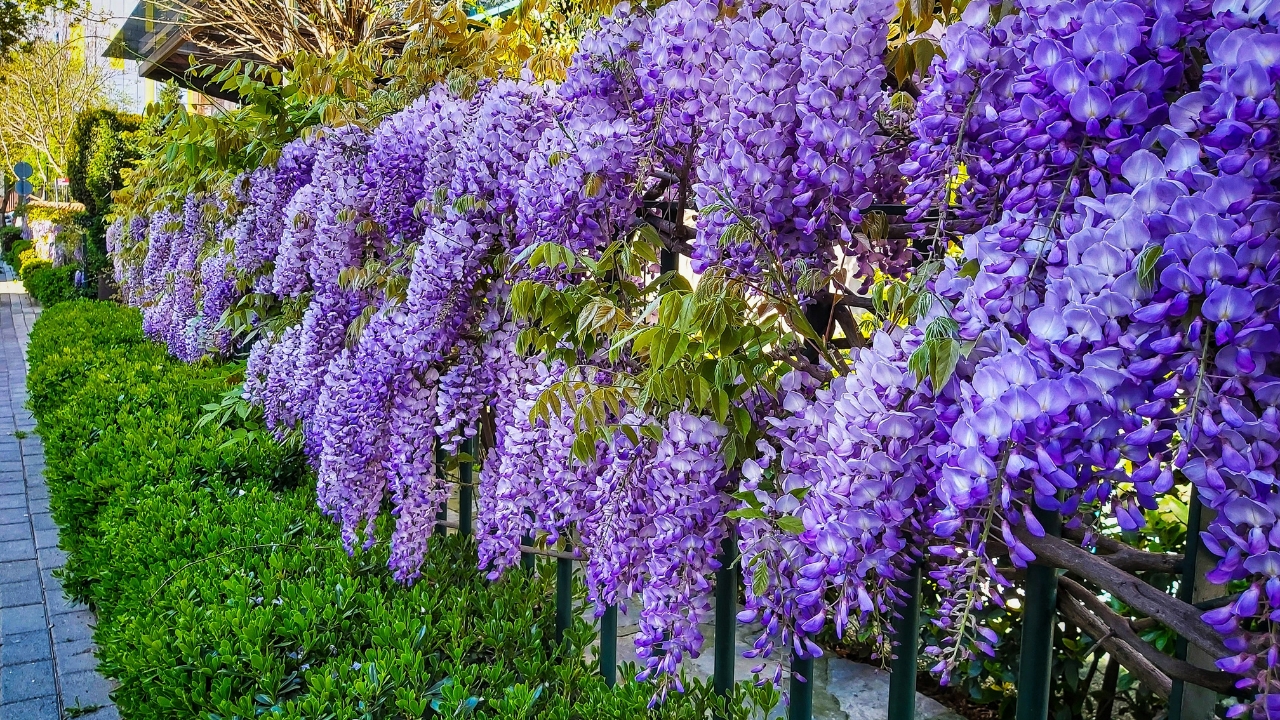
Wisteria’s blooms might be beautiful, but it’s brutal underground. Its roots are large and aggressive, pulling nutrients away from surrounding plants and disrupting the balance of your garden beds.
It also climbs and shades out nearby plants, leaving patches of dead or struggling soil underneath. Left unmanaged, it can leave bare, compacted spots where little else will grow without serious effort.
Callery Pear (Bradford Pear)
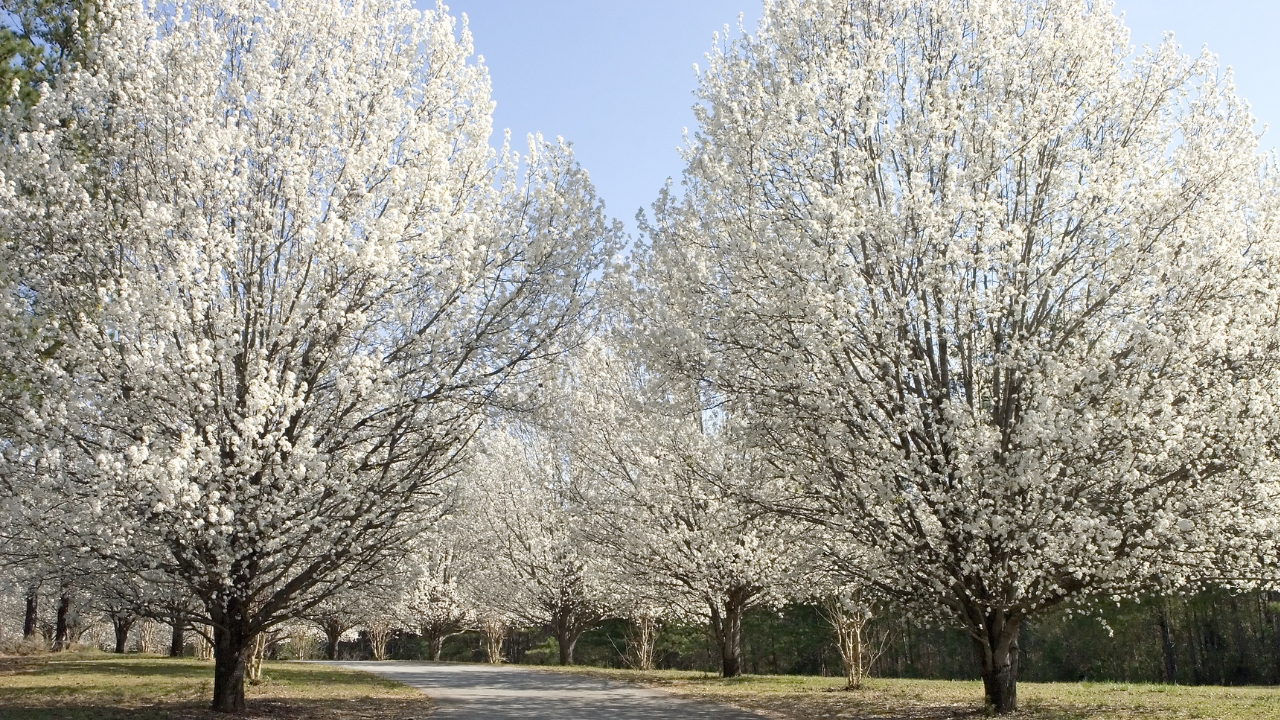
This tree has become a landscape staple, but it’s bad news for soil and native plant life. It spreads quickly, alters light levels, and creates monocultures that limit natural diversity.
That reduced diversity affects everything from soil microbes to erosion control. When callery pears take over, they leave behind weak, compacted soil and outcompete more beneficial trees and shrubs.
Japanese Knotweed
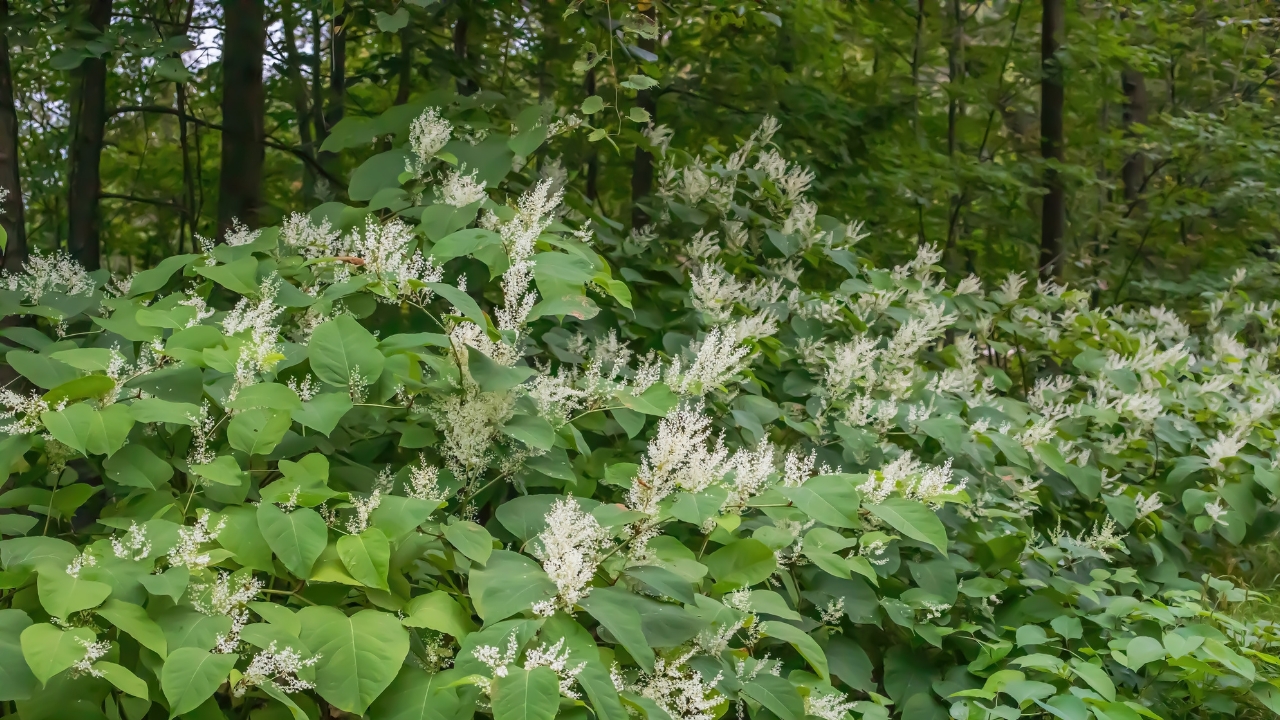
Japanese knotweed is one of the most damaging plants you can allow in your garden. It breaks through concrete, spreads by underground rhizomes, and takes over entire areas with little competition.
The roots leave the soil dry, compacted, and depleted of nutrients. Even after removal, knotweed can regrow from small root fragments, and it takes years of effort to get soil back to usable condition.
Scotch Broom

Scotch broom adds bright yellow flowers, but it doesn’t do your soil any favors. It fixes nitrogen in the soil excessively, throwing off the balance and making conditions harder for native plants that rely on leaner soil.
That shift can reduce plant diversity and create a cycle where only aggressive species thrive. It also spreads by seed and can take over quickly if not kept in check.
Lantana (non-native varieties)

Some lantana varieties are invasive and harsh on the soil. They release chemicals that inhibit the growth of nearby plants, a process known as allelopathy. That makes it hard for anything else to grow nearby.
Over time, it reduces soil biodiversity and leaves patches barren once it’s removed. Native varieties can be less harmful, but the common ornamental types are best avoided if you’re trying to protect your garden’s long-term health.
*This article was developed with AI-powered tools and has been carefully reviewed by our editors.



